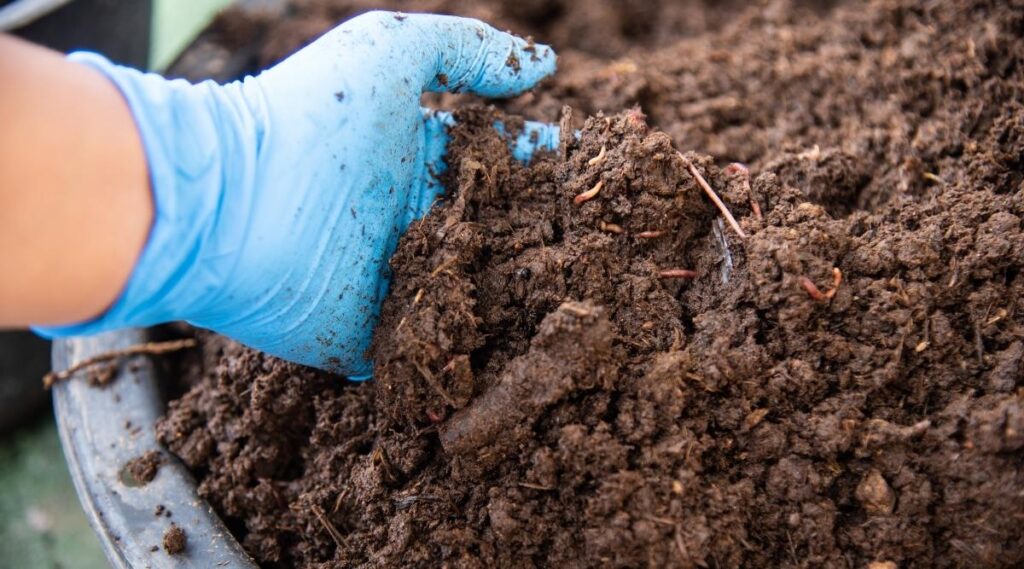Sprouting your own coconut can be a fun and satisfying project, allowing you to grow a charming little palm tree right at home. Coconut palms begin life as a single baby leaf known as a monocotyledon. With some knowledge and care, you can help a coconut seedling flourish into a full-grown tree. This detailed guide will walk you through everything you need to know to sprout and nurture a coconut palm indoors.
Table of Contents
- Choosing and Prepping Your Coconut
- The Best Conditions for Sprouting
- How To Start Sprouting Your Coconut
- Step 1 – Soak the Coconut Meat
- Step 2 – Place in Planting Material
- Step 3 – Add Just Enough Water
- Step 4 – Use Plastic to Keep in Moisture
- Step 5 – Keep It Warm
- Step 6 – Look Out for Growth
- Step 7 – Take off the Cover
- Moving the Sprouted Coconut to a Bigger Home
- How to Look After Your Little Palm Tree
- Conclusion
Choosing and Prepping Your Coconut
Begin by selecting a ripe coconut with water inside. Shake it to feel the water moving inside. Check for any cracks or openings in the husk that might allow germs to get inside.
Next, empty the coconut water and enjoy it if you want. Then, carefully break the coconut shell with a hammer but be sure not to hurt the white part inside. Remove the white coconut meat from the hard shell. Clean off the brown layer on the meat to reveal the small holes known as “eyelets,” where the sprout will come out.
Wash any debris or residue off under cool water. Now, the coconut meat can be put back into the two halves of the shell or sprouted as it is.
The Best Conditions for Sprouting
To sprout a coconut well, you need the same kind of warm, damp conditions it would have in tropical places where coconuts usually grow.
- Temperature – The best temperature for sprouting coconuts is between 77°F and 86°F (25°C to 30°C). Colder slows growth and too hot can make the plant grow weird.
- Light – It likes a lot of light but not directly from the sun. Place it near a window that gets sunlight, but not right in the sun’s rays.
- Humidity – It prefers humidity over 80%. To make a humid environment, you can spray water on the coconut and put it on top of pebbles in a tray with water.
- Air Flow – Good air movement helps stop mold from growing, but avoid very windy places that might make the coconut dry.
- Planting Material – Use materials that hold water well, like coconut husk fibers, sphagnum peat moss, vermiculite, perlite, or orchid bark.
Keeping the temperature, light, and humidity right is key to getting your coconut to sprout well.
How To Start Sprouting Your Coconut
Once you’ve created a perfect environment, you are ready to start sprouting your coconut. Simply follow these easy steps:
Step 1 – Soak the Coconut Meat
Put the coconut meat in clean water at room temperature and leave it there for 2 to 3 days. Make sure you change the water every day to keep it from getting dirty. The water will help wake up the baby plant inside the coconut so it can start to grow.
Step 2 – Place in Planting Material
After soaking, put the coconut in your chosen planting material so that the eyelets touch the material. This helps the baby plant push through when it’s ready.
Step 3 – Add Just Enough Water
Don’t overwater it. The goal is to keep it damp but not wet or soggy, to avoid rot or disease.
Step 4 – Use Plastic to Keep in Moisture
Put a clear plastic bag or cover over the container to help keep water in the air around the coconut, but make sure there’s some room for air to move.
Step 5 – Keep It Warm
The coconut sprout likes to be warm, so keep it in a place that stays within the 77°F and 86°F (25°C to 30°C) range. You might use a heating pad or put it on top of a warm appliance like a fridge.
Step 6 – Look Out for Growth
In about 2 to 8 weeks, you should see the first little sprout poke through one of the eyelets. After this, you can cut back on watering, only doing so when the medium feels dry.
Step 7 – Take off the Cover
Once the sprout is out, you can take off the plastic cover and move it to a spot with bright, indirect sunlight. Keep taking care of it by keeping it warm and humid, and be gentle.
Prepare well, give your sprouting coconut the right nutrients, water, warmth, humidity, and light, and soon, it will bring out its first delicate baby leaf. From here, the real work of growing your seedling into a palm tree begins.
Moving the Sprouted Coconut to a Bigger Home
Once the sprout grows to about 2 to 4 inches tall and starts showing a few leaves, it’s time to put it in a bigger pot. Use a soil that lets water through easily but also holds in nutrients. You could add things like compost or worm poop to make it richer. Place just the bottom part of the sprout in the soil, leaving the rest sticking out. After putting it in the new pot, give it lots of water but then wait for the soil to dry a bit before you water again. When you do water, pour it around the base instead of on the leaves.
How to Look After Your Little Palm Tree
After you’ve successfully started your coconut and moved it to a bigger pot, your little palm tree will need ongoing attention and care. Here are some helpful tips:
- Slowly get it used to living in the regular humidity and temperature of your home. Stay away from places with cold drafts or direct sunlight.
- Water the soil whenever the top part feels dry, and make sure water can drain out to avoid the roots sitting in water.
- Feed it liquid plant food every two or three weeks when it’s growing a lot.
- Trim off old green fronds at the bottom and any tiny sprouts on the outside to help new ones grow in their place.
- Keep it warm and moist by frequently misting water onto the leaves.
- Change to a bigger pot every year, and make sure it has holes in the bottom for water to escape through.
- Try growing several coconuts to make sure you end up with a strong and healthy one.
- Be patient, as it will take quite a few years for the coconut to turn into a proper tree with a wooden stem and real big leaves.
- If you want to put the tree outside, wait until the nights are reliably over 50°F (10°C).
- Make sure the temperature is warm enough, the seed is touching a moist surface, and there’s plenty of humidity. If it still doesn’t grow after 3-4 months, it might be time to get a new coconut.
- If you see mold or rot, don’t water it as often and let it dry a bit between waterings. Also, try to get some fresh air moving around it.
- If the plant looks weak and has long thin stems, it probably needs more light. You can put it in a sunnier spot or use a special plant light.
- Yellow leaves usually mean it needs water more often and the soil shouldn’t be completely dry. It’s also a good idea to give it plant food regularly.
- If the new leaves are looking pale, it might need more sunlight and a bit more water in the air around it.
- When the plant droops or wilts, it could be because the soil is too wet and doesn’t drain well. Try to improve the way water flows out of the pot.
- If bugs or other pests are bothering your plant, keep it away from your other plants. You can clean the leaves with special plant oil or bug soap to help get rid of the pests.









